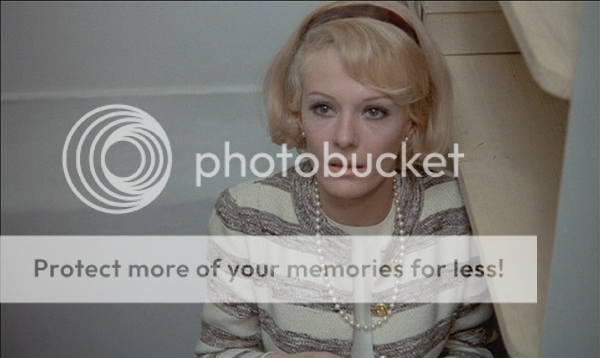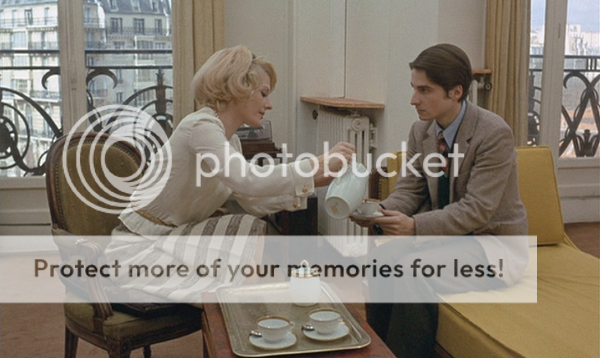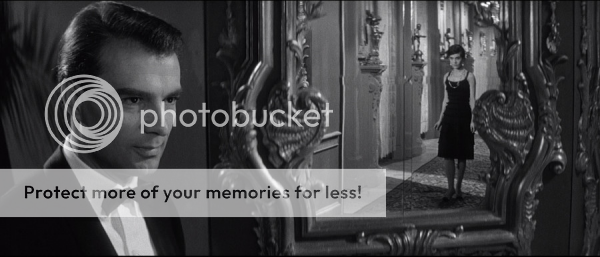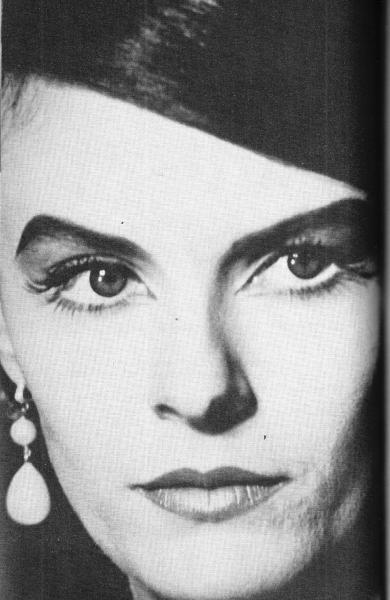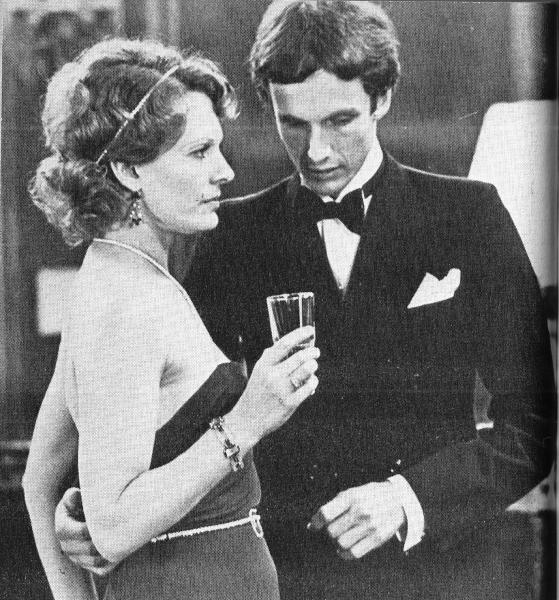LucyInTheSky
Active Member
- Joined
- Jan 18, 2005
- Messages
- 3,101
- Reaction score
- 3

Nationality: French.
Born: Delphine Claire Beltiane Seyrig in Beirut, Lebanon, of French parents, 10 April 1932.
Family: Married Jack Youn-German, 1950.
Career: 1952–55—actress on French stage; then studied at the Actors Studio, New York; 1961—French film debut in L'Année dernière à Marienbad brought international fame; stage work included roles in A Month in the Country, 1964, Rosencrantz and Guildenstern Are Dead, 1967, and The Beast in the Jungle, 1981; 1970s—directed video shorts.
Awards: Best Actress, Venice Festival, for Muriel, 1963.
Died: Of a lung disease, in Paris, 15 October 1990.
The haunting screen image of Delphine Seyrig stands at the center of French avant-garde filmmaking since the 1960s. Her elevation to this stature is based on two films, L'Année dernière à Marienbad and India Song. Not only significant as films, these works are important for their connections with the nouveau roman, a style that seeks to achieve an image of the eternal present through a dynamic of frozen gesture and glances. Only the face, body, and intellect of Seyrig could lend the subtleties demanded of this form which emphasizes image and psychology over plot and dialogue. David Bordwell admirably summed up Seyrig's novelistic qualities by calling her a Proustian actress. She endows her characters with a historical complexity brought to life in the present through the simplest of gestures.
Alain Robbe-Grillet, who wrote L'Année denière à Marienbad, had hoped Kim Novak would play the female lead. He wanted an actress who was less cerebral and more carnal than Seyrig. Fortunately for the dramatic and visual complexity of the film, Seyrig won the role. The film is about brainwashing; a man attempts to create in a woman's mind a past that never was in order to gain control over her present. The dramatic energy of the film is based on the woman's psychic resistance to the man. At times, the woman posed like a model, moments when the fashion-plate beauty of Seyrig works to perfection. Other times, the woman rebels or at least recoils from this positioning and rebuffs the man with wit and sophistication. Here the persona of Seyrig comes into full play. Even when capitulating to the man, there is enough lingering resistance to make the spectator question the validity of the image and wonder if it is not part of the man's fantasy. Novak, who plays to perfection a woman conforming to all aspects of imagistic male fantasy, as in Vertigo, would not have been able to generate this sense of resistant intellect.
In India Song Seyrig perfectly embodies the upper-class hauteur of the femme fatale. She portrays a woman who, in the grand French manner of de Pompadour, de Staël, and George Sand, has emotional and intellectual power to enslave certain males even into her middle age. India Song, even more than L'Année dernière à Marienbad, gives the false impression of stasis. Treating mental actions and developments rather than physical ones, the film requires a commanding yet illusive presence that only Seyrig could provide. Any other actress would have made the character appear like a dress-maker's dummy in a shop window.
Between L'Année dernière à Marienbad and India Song lie other fine, if less historically significant, films: Muriel, Accident, and Baisers volés. Throughout her career, Delphine Seyrig embodied the intelligent and beautiful woman who approximates human perfection. She remains one of film history's most important actresses.
—Rodney Farnsworth / filmreference.com / cinemaisdope.com
Last edited by a moderator:










